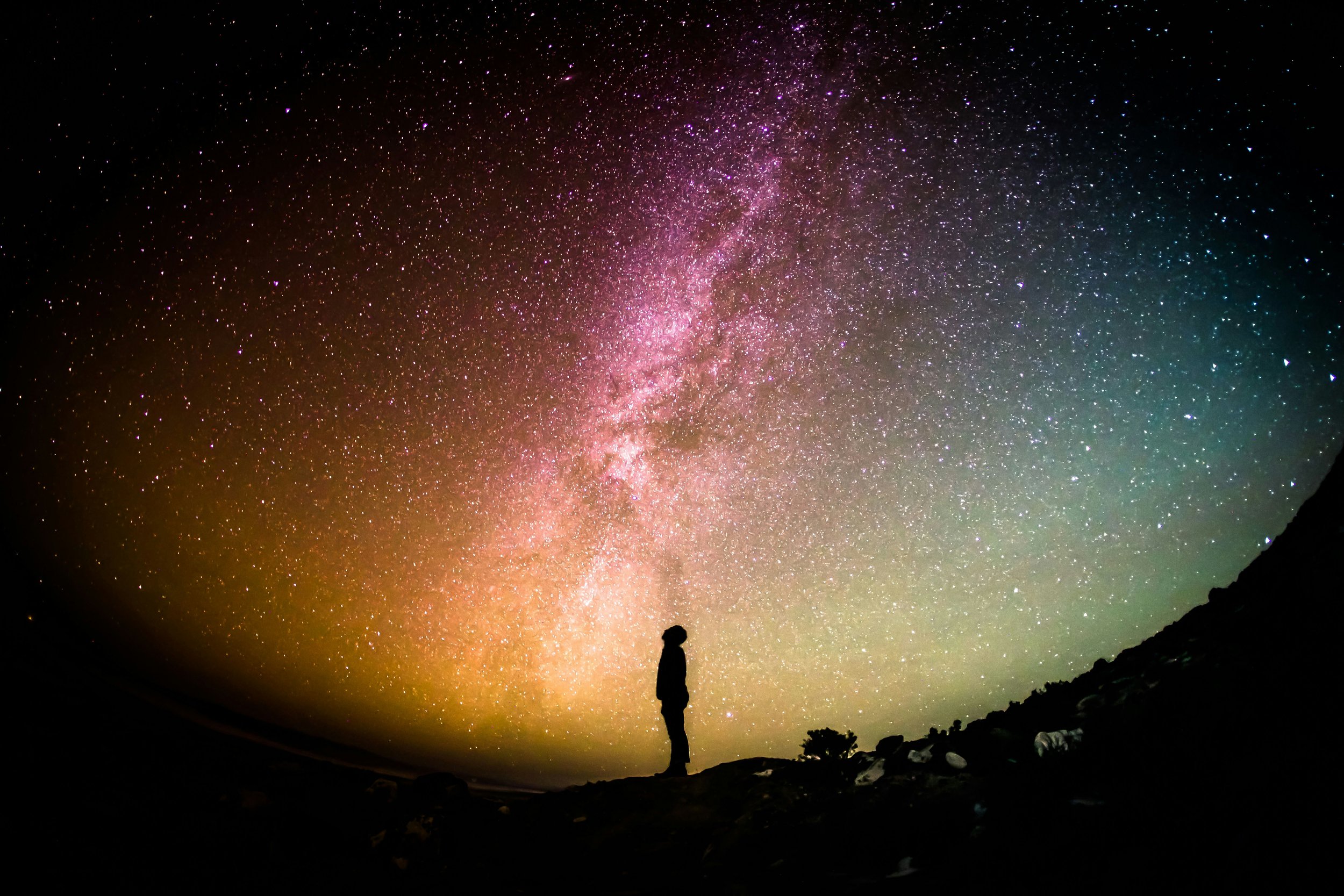
What is Kōkōrangi Māori?
Establishing Matariki as a national holiday in Aotearoa New Zealand is a reminder that Māori have a deep connection to the cosmos. Pre-European Māori possessed an extensive, sophisticated astronomical knowledge system, known as Kōkōrangi Māori.
We define Kōkōrangi Māori as Māori astronomy, which is the study and practice of observing, monitoring, applying, and/or associating the movement of the celestial bodies with terrestrial events, from a te ao Māori (Māori worldview) perspective.
Developed through systematic observations of the night sky over generations and geographical locations, Kōkōrangi Māori is concerned with the cyclic nature of the celestial and its influence on the terrestrial. It was historically instrumental in guiding earthly events of daily living, including time-keeping, agriculture, and perhaps most notably, navigation.
Yet, far from being exclusively focussed on describing the mechanistic cycles of the celestial bodies, Kōkōrangi Māori acknowledges the cosmos as a dynamic, living entity. Objects in the celestial sphere represented tūpuna (ancestors) whose movements energetically affect but also reflect matters unfolding in earthly life, as well as death and beyond.
For more information about Kōkōrangi Māori, visit Living by the Stars, a whānau-based organisation, founded on the astronomical observations and narratives of Te Kōkau, tupuna of Rangi Matamua. Based on the ethos of legacy, which is an enduring meaning that manifests through its impact on others beyond the temporal constraints of a lifespan, Living by the Stars disseminates and provides regular updates about Māori astronomy that are based on Te Kōkau’s wisdom, as well as new insights garnered through theorisations and observations in contemporary times. We are honoured to partner with Living by the Stars for this research project.
Professor Rangi Matumua on Kōkōrangi Māori and the origins of Matariki
